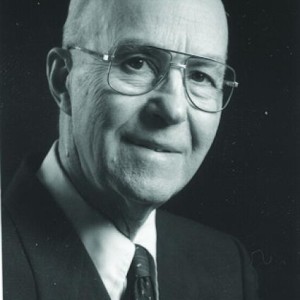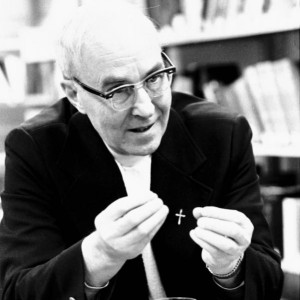Page couverture du livre Folklore franco-ontarien : chansons, 1949 du père Germain Lemieux, Documents historiques no. 17, La Société historique du Nouvel-Ontario, Sudbury, Université d’Ottawa, CRCCF, Collection du Centre de recherche en civilisation canadienne-française, CFOF16-13_B.
Courtoisie de l’Université d’Ottawa, Centre de recherche en civilisation canadienne-française (CRCCF).






